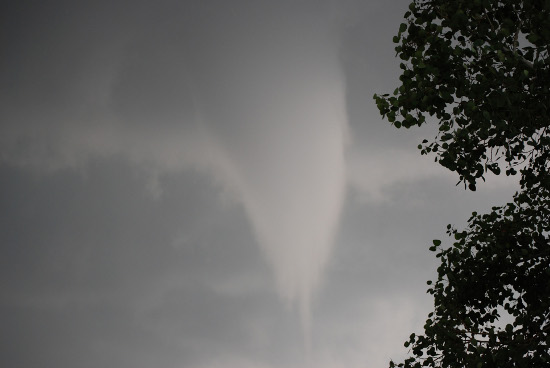No one wants a natural disaster to occur, but they frequently do occur in the United States. Spring is often accompanied by treacherous thunder storms, high straight winds, hail, and tornadoes. It’s also frequently accompanied by dangerous floods, sinkholes, and mudslides. These disasters, as well as others, such as earthquakes, wildfires, and hurricanes, cause billions of dollars worth of damage to homes and businesses annually. In just the past few weeks, there have been several states reporting severe damage from flooding, thunder storms, and tornadoes.
Most insurance companies and agencies assisting the buildings’ owners insist that all the repair or replacement work be completed by licensed, certified professionals. However, some areas simply don’t have enough licensed, certified professionals to handle the entire workload created by these natural disasters.
Take Oklahoma and Arkansas, for instance. One major storm front caused a dozen tornadoes to hit these states on the same day. Much of the damage occurred in small towns or rural areas where there’s only one or two licensed companies to service the surrounding communities on a normal basis.
Sometimes these businesses are also damaged or destroyed by the disaster. Many of these communities just sport local unlicensed, uncertified handy-type personnel, who are unable to cope with such a large amount of devastation. Or those who usually do repair and remodeling work may be too busy trying to rebuild their own homes and business buildings.
This is why it’s important for everyone who works in the fields of building repairs and construction to become licensed and certified in their areas of expertise. In many cases, the emergency relief management teams won’t allow anyone not registered as a relief worker to enter a disaster area. Moreover, the victims are frequently warned not to hire anyone that cannot provide trustworthy references and proper credentials.
With the poor economy and high rates of unemployment, finding work in disaster-struck areas may provide much needed income for the home improvement/remodeling/construction industry. However, to get a share of that income, you’ll have to take certain steps.
If you’re considering working in disaster areas, you should follow these steps:
1. Obtain up-to-date training and information on building codes in the areas you plan on working in.
2. Obtain and maintain licensing and/or certification in your areas of expertise, for each state you plan to work in.
3. Join professional associations related to your field of expertise.
4. Attain several references from satisfied customers and former employers who are willing to be contacted by potential customers.
5. Obtain adequate liability insurance and state bonding for each state you plan to work in.
6. Register and maintain contact with disaster relief organizations and all emergency relief management teams for the areas you would like to work in.
Even if your intentions are simply to volunteer your skills, you must obtain permission to work in some states. For instance, it’s illegal for any contractor to offer services to the public in Florida without a proper Florida license. However, out of state building contractors may perform work as a sub-contractor to a licensed local contractor or obtain a temporary license, in certain emergencies. You must also be aware of any licensing or permits needed for working in each county and city.
Whether or not you’re planning on taking advantage of the work opportunities provided by the various natural disasters that occur in the United States annually, you should consider obtaining a professional license and certification. Many states, counties, and cities require them, and the penalty for not having one can be a very stiff fine. Moreover, being unlicensed may prevent a contractor from suing to collect the payment due under a construction contract.
Although the licensing and certification requirements vary from place to place, there are some common factors. These factors are:
- The license is only good for the state in which it was issued
- There may be a written test regarding construction law, skills of their occupation, and business organization
- The applicant must be at least 18 years old, with proof of a high school diploma or its equivalent
- The applicant must prove United States citizenship or legal residency
- The applicant must provide proof of identification, and two passport-sized photos
- The applicant may have to prove financial status, and have a state tax identification number and authorization from the state’s tax authority to work in that state
- The applicant may have to provide documentation of any other occupational license held (corporations usually have to be registered with the Secretary of State)
- The applicant may have to explain any citations, violations, or liens resulting from previous construction work
- The applicant may have to provide letters of references from bankers, architects, engineers, customers, or previous employers, as well as proof on on-the-job work experience.
Sources: Contractors Reference Site, Disaster Contractor Network, Federal Emergency Management Agency, News Oklahoma
Related Posts
- What To Do After A Natural Disaster Damages Your Home Or Business?
- How Much Does it Cost to Install Solar Panels?
- How To Drill A Water Well?
- How To Refinance A Home?
<>




